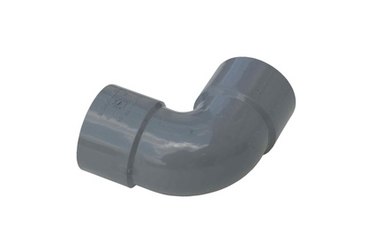Things You'll Need
120-grit sandpaper
Tack cloth
Blue painter's tape
Heavy-duty fabric drop cloth
Acrylic latex primer
2- to 3-inch latex paintbrush
Acrylic latex paint

Polyvinyl chloride, or PVC, is widely used in construction because it is durable and relatively inexpensive. However, it is a poor candidate for paint adhesion, as it is slick and nonporous. In order to paint PVC plastic, you need to condition its surface by abrading it with sandpaper. In addition, you must apply a base coat before you begin painting, or the finish will eventually flake and peel.
Step 1
Sand the polyvinyl chloride with 120-grit sandpaper until the PVC feels slightly gritty to stimulate surface adhesion.
Video of the Day
Step 2
Wipe the sanded polyvinyl chloride with a tack cloth.
Step 3
Cover the portions of the polyvinyl chloride surface that you do not want painted with painter's tape. Cover any areas beneath the PVC with fabric drop cloths.
Step 4
Coat the sanded polyvinyl chloride with an acrylic latex primer, using a paintbrush that is intended for use with latex paints. Dip the brush 1-inch deep into the primer. Do not saturate the brush, as that could lead to runs. Apply the primer in 3- to 6-inch vertical strokes for PVC pipe that runs vertically, and use horizontal strokes if you are painting PVC pipe that runs horizontally. Be sure to smooth drips and runs as you apply the primer. Wait two hours for the primed PVC to dry.
Step 5
Wash your brush with tap water.
Step 6
Coat the primed polyvinyl chloride with an acrylic latex paint. Apply paint to the PVC just as you applied the primer. Wait two hours for the painted polyvinyl chloride to dry.
Warning
Never prime over unsanded polyvinyl chloride, or the primer will not properly adhere to the PVC.
Tack cloths are ideal for removing dust that might inhibit primer and paint adhesion. Don't use a plain rag, or you may have problems getting the primer to stick.
Never paint over bare polyvinyl chloride surfaces, or the paint will peel.
Video of the Day